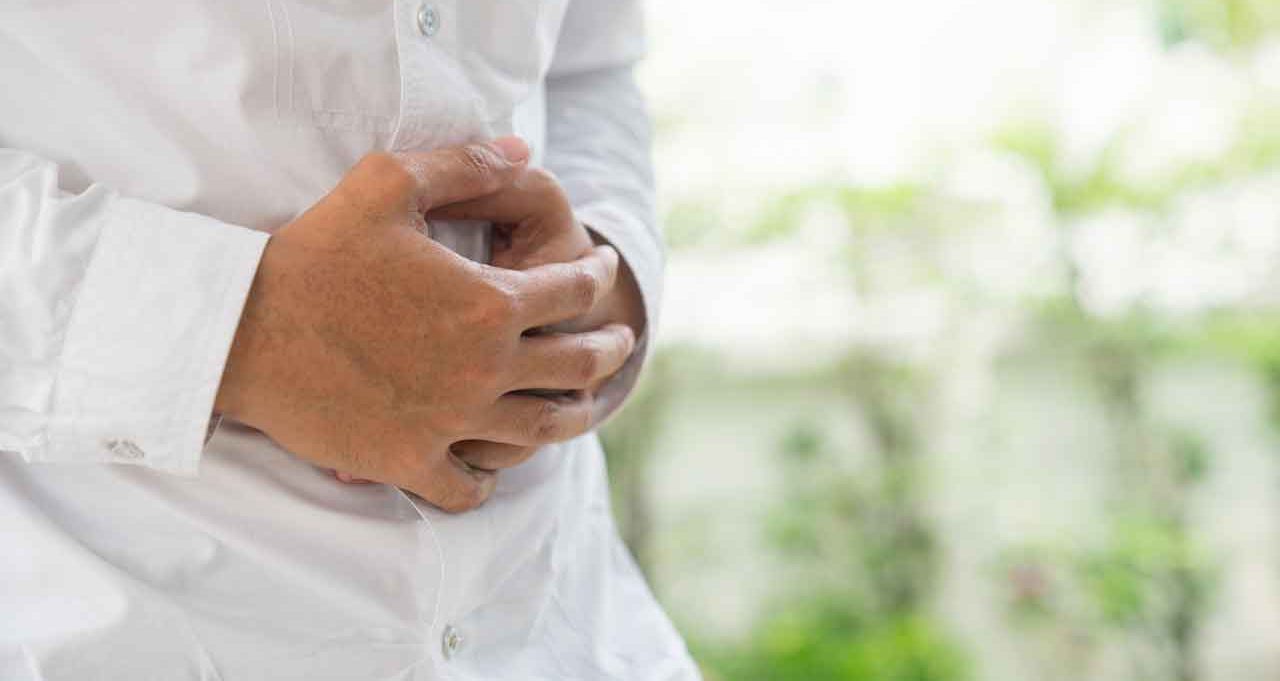Gallbladder Attack Symptoms

Gallbladder attack symptoms can be extremely painful and, if untreated, can return repeatedly. Learn what to do if you have signs of gallbladder problems.
Your heart, lungs, and stomach are organs you can’t help but be aware of from time to time. But your gallbladder is different. You likely never think about it — unless this small organ causes the pain known as a gallbladder attack.
Although gallbladder problems are not uncommon, symptoms of a gallbladder attack can be confused with other conditions, including ulcers and gastroesophageal reflux disease, delaying treatment and potentially leading to serious complications.
Knowing what your gallbladder does and learning about signs of gallbladder problems is a proactive way to take care of your health.
YOU MIGHT ALSO LIKE: What Is Pancreatitis?
What does your gallbladder do?
Located just below the right side of your ribs, your gallbladder sits under your liver. It’s a small organ that primarily stores and releases bile, a substance comprised mostly of cholesterol, bile salts, and bilirubin. Produced in the liver, bile helps digest fats.
When you eat, your body signals your gallbladder to release bile into the bile ducts, where it then flows to the duodenum (the first part of your small intestine, located immediately beyond your stomach) and mixes with food.
Although your gallbladder plays a key role in digestion, you can live without the organ if necessary, according to the National Institute of Diabetes and Digestive and Kidney Diseases (NIDDK). If you need to have your gallbladder removed, bile will move directly from your liver into your duodenum.
Signs of gallbladder problems
Hard stone-like pieces of material sometimes develop in your gallbladder when parts of bile (such as cholesterol and bilirubin) form crystals. Gallstones can be as tiny as grains of sand or as large as a golf ball. You could have only one gallstone, hundreds of tiny ones, or a mixture of sizes.
Gallstones are very common, affecting 10 to 15 percent of Americans, according to the NIDDK, but they aren’t always signs of gallbladder problems.
In fact, gallstones are frequently found during imaging tests looking for another other problem. So-called silent gallstones produce no signs of gallbladder problems and usually require no treatment.
Sometimes a gallstone moves from your gallbladder and gets stuck in a bile duct, however, causing signs of gallbladder problems, including stomach pain that can be constant or come and go.
Gallbladder attack symptoms
A gallbladder attack can cause pain that may start after you eat, especially if you’ve had a heavy meal. Symptoms of gallbladder attacks often occur in the evening or during the night.
You might feel severe pain in your upper abdomen (usually on the right side) that lasts for as little as 15 minutes or for several hours. Gallbladder attack pain might occur between your shoulder blades or in your right shoulder. You may sweat and vomit.
If gallstones move and a bile duct is no longer blocked, symptoms of a gallbladder attack usually subside. But after you’ve had one gallbladder attack, more attacks will likely follow in weeks, months, or even years.
If your gallbladder attack symptoms don’t resolve and continue for more than a few hours, you could experience potentially serious complications, including infection or inflammation of your gallbladder, liver, and pancreas. Left untreated, blockages of the bile ducts can be fatal, the NIDDK warns.
Contact your doctor or seek emergency help if you experience these symptoms during or after a gallbladder attack:
- Pain for many hours
- Fever
- Jaundice
- Nausea and vomiting
- Tea-colored urine and light-colored stools
Gallbladder treatment
To diagnose gallstones, doctors use your medical history, a physical exam, and imaging and lab tests. Once it’s established you’ve experienced symptoms of a gallbladder attack, you are very likely to have another painful episode in the future. Your doctor may suggest that you have surgery to remove your gallbladder.
Because the gallbladder is not an essential organ and removing it halts painful gallbladder attacks, gallbladder surgery (cholecystectomy) is one of the most common operations performed on U.S. adults.
Almost all surgeries to remove gallbladders are now laparoscopic cholecystectomies. The operation is performed through a laparoscope, a small thin tube placed into your abdomen through a tiny cut below your navel. The surgery is often performed on an outpatient basis.
For people who can't have or don't want surgery to remove their gallbladder, shock wave lithotripsy may be a gallbladder treatment option. The procedure uses high-energy sound waves directed from outside your body to blast gallstones into small pieces that can move through bile ducts without getting stuck.
The treatment cannot prevent new stones from forming, according to the American Association of Family Physicians.
You could try several bile-containing prescription medications. The drugs can break up small gallstones, but they aren’t effective for everyone, and it can take months or years to break up all of the stones.
Updated:
June 29, 2023
Reviewed By:
Janet O’Dell, RN